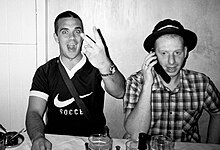
The Young British Artists, or YBAs—also referred to as Brit artists and Britart—is a loose group of visual artists who first began to exhibit together in London in 1988. Many of the YBA artists graduated from the BA Fine Art course at Goldsmiths, in the late 1980s, whereas some from the group had trained at Royal College of Art.
Robert Frank was a Swiss American photographer and documentary filmmaker. His most notable work, the 1958 book titled The Americans, earned Frank comparisons to a modern-day de Tocqueville for his fresh and nuanced outsider's view of American society. Critic Sean O'Hagan, writing in The Guardian in 2014, said The Americans "changed the nature of photography, what it could say and how it could say it. [ ... ] it remains perhaps the most influential photography book of the 20th century." Frank later expanded into film and video and experimented with manipulating photographs and photomontage.
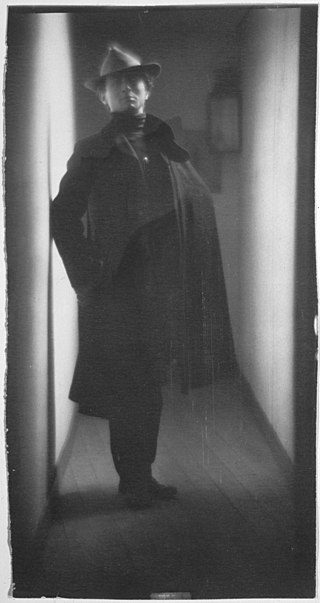
Edward Jean Steichen was a Luxembourgish American photographer, painter, and curator, renowned as one of the most prolific and influential figures in the history of photography.

Juergen Teller is a German fine-art and fashion photographer. He was awarded the Citibank Prize for Photography in 2003 and received the Special Presentation International Center of Photography Infinity Award in 2018.

Terence Patrick O'Neill was a British photographer, known for documenting the fashions, styles, and celebrities of the 1960s. O'Neill's photographs capture his subjects candidly or in unconventional settings.

Paul Graham is a British fine-art and documentary photographer. He has published three survey monographs, along with 17 other publications.
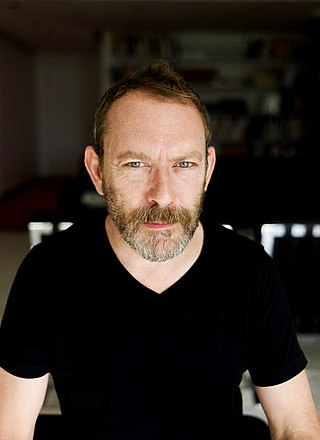
Liam Gillick is a British artist who lives and works in New York City. Gillick deploys multiple forms to make visible the aesthetics of the constructed world and examine the ideological control systems that have emerged along with globalization and neoliberalism. He utilizes materials that resemble everyday built environments, transforming them into minimalist abstractions that deliver commentaries on social constructs, while also exploring notions of modernism.
Maureen Paley is the American owner of a contemporary art gallery in Bethnal Green, London, where she lives. It was founded in 1984, called Interim Art during the 1990s, and renamed Maureen Paley in 2004. She exhibited Young British Artists at an early stage. Artists represented include Turner Prize winners Lawrence Abu Hamdan, Gillian Wearing and Wolfgang Tillmans. One thing in common with many of the artists represented is their interest in addressing social issues.
Sarah Jones is a British visual artist working primarily in photography. Her practice is rooted in art history, and she draws influence from topics such as psychoanalysis, adolescence, and the Victorian period. She gained international recognition in the mid 1990s coinciding with the completion of her MA in Fine Art at Goldsmiths College in London in 1996.

Olive Cotton was a pioneering Australian modernist photographer of the 1930s and 1940s working in Sydney. Cotton became a national "name" with a retrospective and touring exhibition 50 years later in 1985. A book of her life and work, published by the National Library of Australia, came out in 1995. Cotton captured her childhood friend Max Dupain from the sidelines at photoshoots, e.g. "Fashion shot, Cronulla Sandhills, circa 1937" and made several portraits of him. Dupain was Cotton's first husband.
Wendy McMurdo specialises in photography and digital media. In 2018 she was named as one of the Hundred Heroines, an award created by the Royal Photographic Society to showcase global female photographic practice.

East Country Yard Show was an exhibition of contemporary art organized by Henry Bond and Sarah Lucas. It was on view between 31 May—22 June 1990. The exhibition was a "seminal" London group show which was significant in the subsequent development of the Young British Artists.
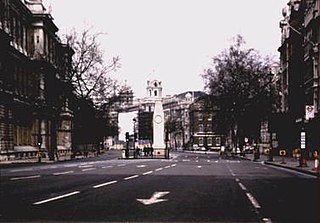
Documents Series is the overall title of a series of eighty-three fine artworks made collaboratively by Henry Bond and Liam Gillick between 1990 and 1995. It has been suggested that the intention behind the work was to "examine the procedures behind news-gathering."
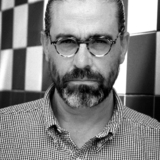
Derek Ridgers is a British photographer known for his photography of music, film and club/street culture. He has photographed people including James Brown, the Spice Girls, Clint Eastwood and Johnny Depp, as well as politicians, gangsters, artists, writers, fashion designers and sports people. Ridgers has also photographed British social scenes such as skinhead, fetish, club, punk and New Romantic.
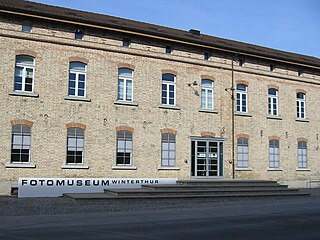
Fotomuseum Winterthur is a museum of photography in Winterthur, Switzerland.
Martin Harrison is a British art historian, author and curator, noted for his work on photography, on the medium of stained glass and its history, and as an authority on the work of the painter Francis Bacon.
Viviane Sassen is a Dutch artist living in Amsterdam. She is a photographer who works in both the fashion and fine art world. She is known for her use of geometric shapes, often abstractions of bodies. She has been widely published and exhibited. She was included in the 2011 New Photography exhibit at the Museum of Modern Art. She has created campaigns for Miu Miu, Stella McCartney, and Louis Vuitton, among others. She has won the Dutch Prix de Rome (2007) and the Infinity Award from International Center of Photography.
Sarah Pickering is a British visual artist working with photography and related media including 3D scanning and digital rendering, performance, appropriated objects and print. Her artist statement says she is interested in "fakes, tests, hierarchy, sci-fi, explosions, photography and gunfire." She is based in London.
Matthew Leifheit is an American photographer, writer, magazine-editor, publisher, and professor. He is based in Brooklyn, New York.
Maurizio Anzeri is an Italian contemporary artist living and working in London. He works in a variety of media including sculpture, photography, drawing and traditional craft techniques.






